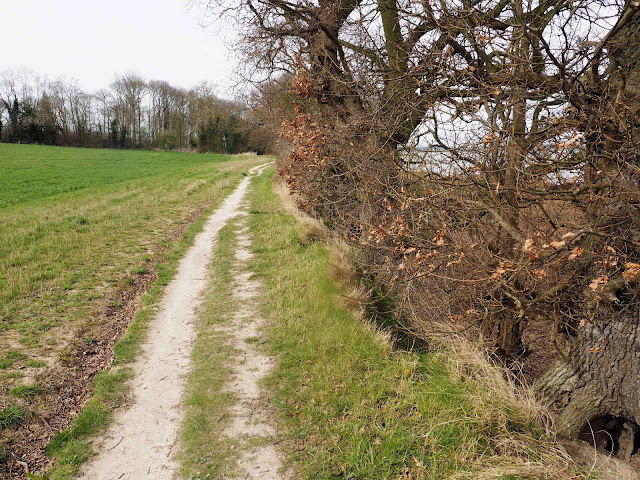I can’t remember exactly when I first
came across the term “desire lines” – it was a while back certainly, but I do
recall that it was both exciting and disappointing. It was exciting because here was a term describing
something I’d noticed but didn’t know there was a name for. But it was disappointing because I’d somehow
thought I was the only one who’d spotted this phenomenon. It was a downer to realize that my powers of observation
weren’t as unique as I’d thought they were.
A desire line, as you may well know, is
a walking path created over time by pedestrians, in
preference to more formal routes along a sidewalk or paved track. It generally involves a shortcut, and repeated
walking of the line generally leads to a line of bare grass or mud. Here’s an especially
fine example in Atlantic City
And below there’s an image from the
website for vanseo design who say “Don’t fight desire lines. Learn to embrace them.” I
do. I definitely do.
Once you’re aware of them, you see them everywhere. Up at the Cal Arts campus where I’m doing a
bit of teaching these days there’s a lot of grass, a lot of pedestrian routes,
a helluva lot of parking, and in fact precious few desire lines. You could argue that this is a mark of good
design and that the formal paths are laid out very skillfully and already cater
for all of people’s walking desires. But I knew
there had to be some somewhere. In due
course I was able to find one, or depending on how you look at it two of them,
but it wasn’t until a couple of weeks back when I was taking my Wednesday
afternoon pre-class constitutional.

One of the college dorms is set down a slope from the main walking and
driving route that runs through the campus.
There are stairs nearby, the steps painted with yellow edges for health
and safety reasons, and in fact it’s probably easier to use the steps than to climb up the
slope. Nevertheless, I saw what appeared
to be a desire line running up the slope (above and below).
On closer inspection however I saw, and you can see, that it wasn’t a true desire line at all,
but a paved path. My guess is that this
had started out as a genuine desire line, a track of bare earth in the grass,
and the powers that be had helpfully paved it, with biggish cobbles for extra
traction, making the ascent that much easier.
Fair enough, you might say.
But this hadn’t been enough for the Cal Arts pedestrians. About fifty feet away there was another desire
line still extant, shorter, less steep and as yet unpaved. A REAL desire
line. For all kinds of reasons this made
me very happy indeed.















